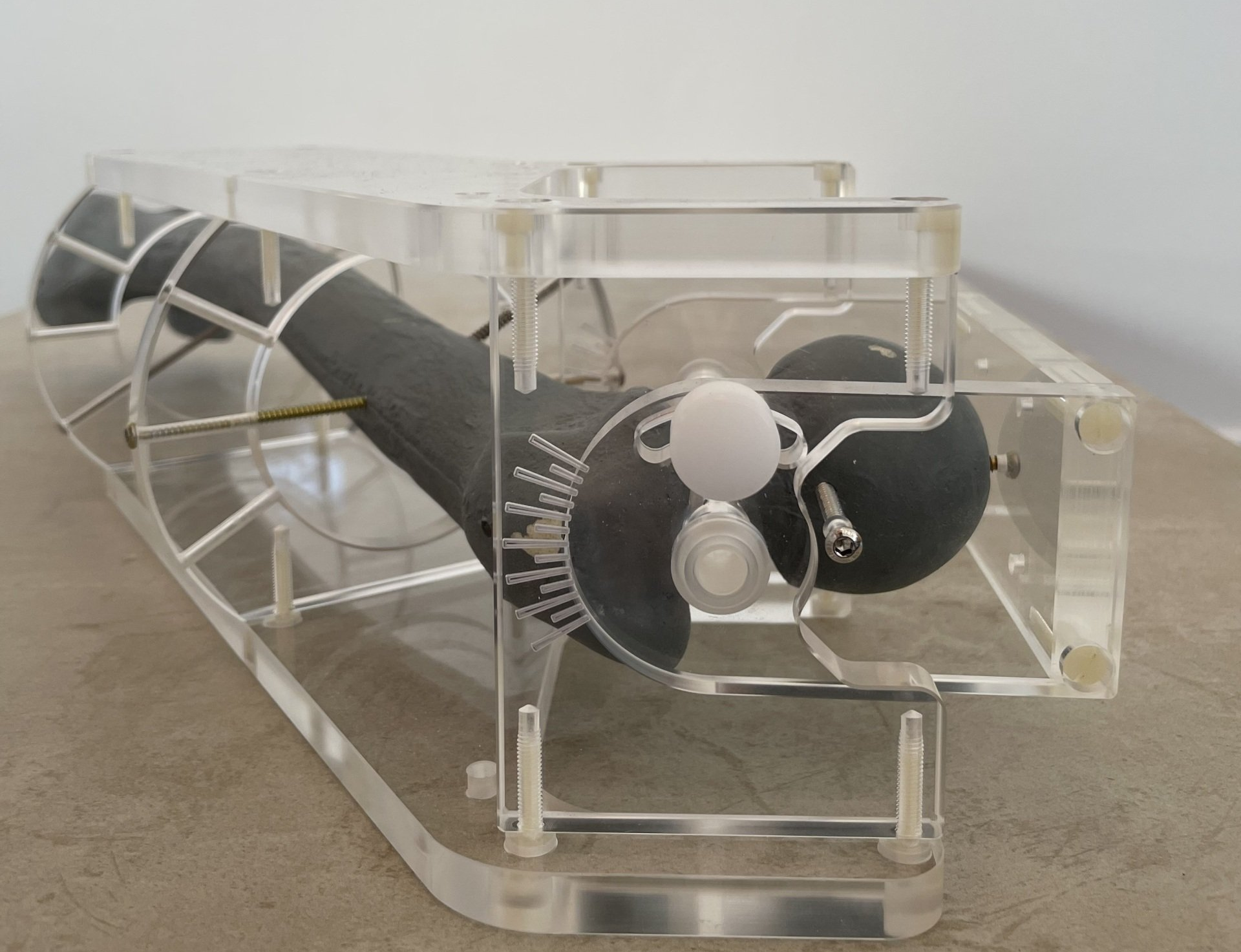projects
The Trauma Foundation gGmbH supports various projects in cooperation with the Trauma Surgery Department of the Hannover Medical School.
Our funded projects
Funding for the Trauma Foundation
The Trauma Foundation awards grants to the trauma surgery doctors at the MHH in the following areas:
- Travel allowances to present your own results at congresses or to participate in relevant training events
- Scientific work can be funded with material and printing cost subsidies
- Projects and scientific achievements in the fields of trauma surgery, sports medicine or orthopedics
Please submit your application and additional documents to the Trauma Foundation (info@traumastiftung.de) by July 1 or February 1.




